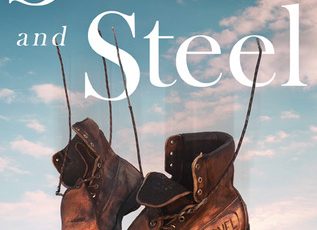Here’s the thing about being a journalist, at least, being a newspaperman.
I think about what I’m going to write while it’s happening. It’s not always pleasant. Most of the time, I’m sure it mucks up what I should be doing or feeling.
It means I look at too many things, and think, would that make a good lede? It’s not things I look at. It’s events, it’s actions, is components of existence. That is, a good first sentence, or more broadly, a good start, to my story? To whatever story I’m writing. To whatever story I assume I will write.
Although I try to avoid recording life (I will take pictures at parties, if that’s my delegated role) I often cannot help myself, often when alone, from thinking about how event, the idea, the moment and the feeling, will and would be written.
I buried my cat today. Really, I buried Apricot today. She lead her own life. But that’s not the point of this post. That’s the point of another post. This is the reporter’s notebook about how I buried my cat, Apricot, today, as NPR would put it.
That is, the bits of the story that didn’t go into the story, but still should get a little air time, get a little more personal. Which is not applicable in this instance, considering this is a blog post, and the preponderance of “I,” thematically, literally and in real terms.
I wrote something. Either a journal entry, or a prose poem, or maybe a story. Maybe a cross between the three, a story that is a little bit of a prose poem that I will eventually paste into my journal. (I write journal entries on my typewriter, then paste them into the journal itself.)
I wrote about Apricot’s death, about her burial, about what happened. But I left much out, as I came to my ending sentences, as I made my final structure.
Here’s the link to just it.
I left out the part, where I think about picking up her corpse at the vet, after paying the bill. ($230 something, roughly 90 percent less than the emergency vet at $2,300 and change) (The total cost came in around $3,000).
They hand me a cardboard box. It weights a little over 8 pounds. Maybe even over 8.5 pounds. I know they listed her weight on the bag-tag, (the veterinary equivalent of the toe-tag?) but I don’t remember.
I left out the part where the pretty vet who dealt with her abscess comes out, and touches my shoulder, and says they did all they could.
(The lady who takes my card asks my how long I’ve been working at the Rio Grande SUN. I’ve never spoken to her before this moment, where I’m paying for dead Apricot’s minuscule vet bills, the big ones having already been paid).
I likely did not respond, more than to say, thank you, or some other courtesy. One of them tells me, it’s always hard, it never gets easier, and this is the worst part about having a pet. That’s the lady I’d not seen before, who took the card.
I will write: the worst part about having any relationship, animal or human, is its ending, especially if the ending is done in death.
The vet, the cute one who came out to say they did all they could, tells me I should come in some time. They often have kittens needing adoption, and I seem like a good pet owner, like a good cat owner. I think she says this, partially, because the bill and receipt and invoice for Apricot’s emergency surgery were attached to the sheet. Everyone saw the $2,320 receipt.
(This comment strikes me something terrible, because it presses on the guilt I feel for allowing her to go outside in the first place, in my reasoning, allowing her to have her own life.)
I do not want a kitten. (I prefer cats, for various reasons). I smile. This is my social obligation. I want to say, what happened? Why wasn’t she on higher levels antibiotics? More intense ones? How much pain was she in when she died? If you knew she was going to die Sunday, if she was doing that bad, why didn’t you call me? I wanted to say one last goodbye, to pet her one last time, to have that kind of closure. I believed, until I received that phone call, she would be doing fine: she would be coming home with me, if she and I were lucky, that day. I had just finished telling one of my co-worker’s that when I got the call. I want to ask, was anyone even here Sunday? To check her temperature? To see if she needed another surgery, or a change in her meds or even more pain medication?
(It appeared the entire veterinary office knew about her death).
(Shortly after the call, I went home, grieved, came back to work).
(In case it’s not clear, this, and the related posts, are also a form a grieving, although public by nature).
The orderly comes out with my frozen cat in a box. I fold the invoice and receipt, take the box, hold back tears and walk out the door. Once outside, I begin to cry.
In the car, I cry. As I drive away, normal speed, no theatrics here, I cry. I don’t stop until my co-worker calls me. He wants to talk about work. (He was in ABQ covering a trial for me, because I still thought my cat would be coming home with me that day, and require care).
Later, when home, my landlady asks me how I’m doing. I reply, horrible, but I’ll make it through. She is surprised by this answer, and comes over and she wants to talk about what happened to cause Apricot’s injury. She continues to speculate. I become more uncomfortable.
This is not something I want to discuss. She says, we can take a walk and look for the collar. I tell her, maybe in a few days, but I’m not ready for that.
We talk about a dog she had, beat up by other dogs. She footed the $900 in 1998 dollars vet bill. The dog got beat up again, and died.
I reply, thinking and hearkening back to my conversation with my dad about how much I was willing to spend on the cat to save her. I say, and mean, I would have been happy to spend $10,000 if she had just lived. I had told my father, around 10k was my breaking point.
This is the truth, and as I say it, I begin to lose it again. She tries to comfort me, puts a hand on my shoulder. I pat her shoulder in return. It’s the only thing I can think to do.
(I’m not particularly into being touched by people whom I do not consider to be close to me).
I think, now, a lot about the nature of bawling, crying, sobbing and tears. It is not something I do often. Once in awhile, a movie will make me shed a few tears. But full-on sobbing, that’s reserved for death or the possibility of.
I’ve lived a sheltered life, and a lucky, life. I might deal with death professionally, but I rarely must (as of yet) deal with death in my personal life.
When I received the call from my dad (I was living in Reno at the time, finishing up my degree, or maybe I’d already gotten it) that my cat, the one I left behind with him in Carson City, had been run over (and consequently she might die) I bawled my eyes out. (She lived). As I remember, I bawled pretty steadily. At 18, she’s going slowly, but steady. She cant jump well any more, but, she can still walk.
Now, for Apricot, the bawling comes in fits and spurts. Really, the bawling was limited to once I got home from work, after I’d got the call. Now, it’s the sporadic sobs.
Really, though, I’ll expand on that later. I’ll claim it’s all part of the grieving process.
When I got her cardboard box out of the car, I set it on one of the chairs I leave outside, while I went and dug her grave.
Thinking about it, I don’t think the disbelief has yet left me.
At the end here, I will include a picture of my dearly departed pussy cat. I put it at the bottom because I reduce the physical affectations to the bare minimum. In doing so, though, I think about how I did not take enough pictures of her. I always thought, there would be time to take more. I was wrong.
It seems like a metaphor for everything.
I didn’t take enough pictures because I thought there was always more time. I was wrong.
Here’s to you sweetheart. I miss you.
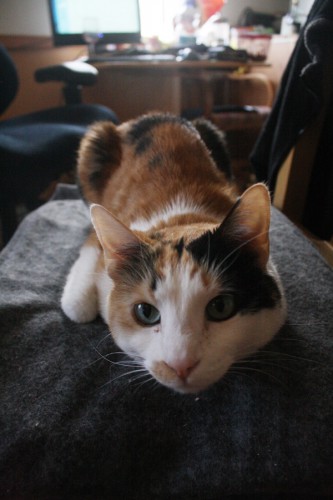
In both shots, Apricot lies on the blanket I buried her in. This picture, in particular, hits me hard for two reasons. The first, she is lying in her splayed-turkey position, one of her favorites. The second, and more important, I see her as she was, and as I let her down. I feel guilty for allowing her to come to what would be her death.
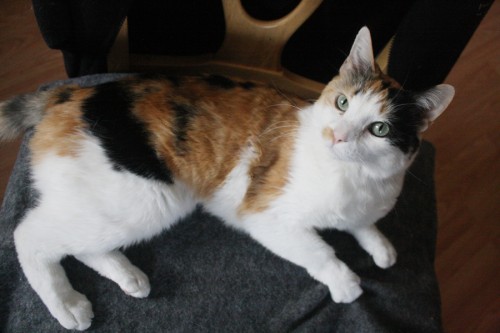

Apricot’s grave
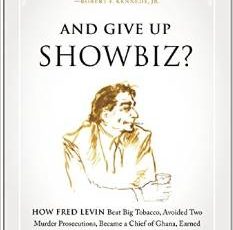
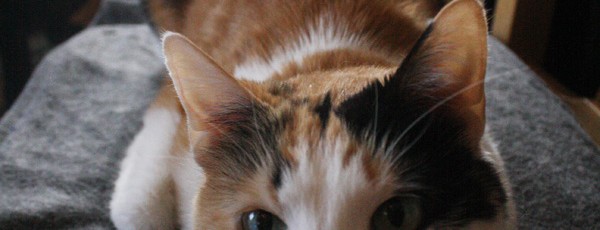
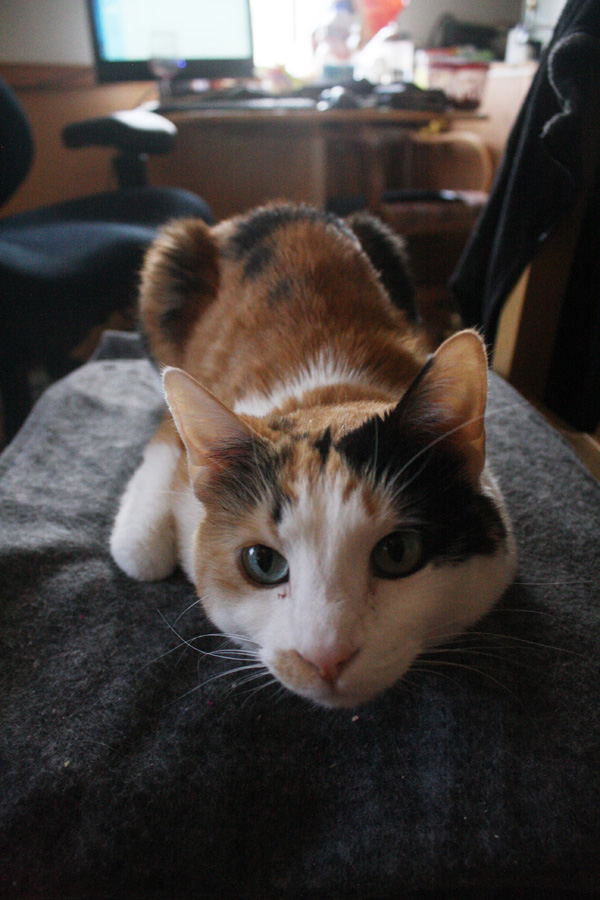
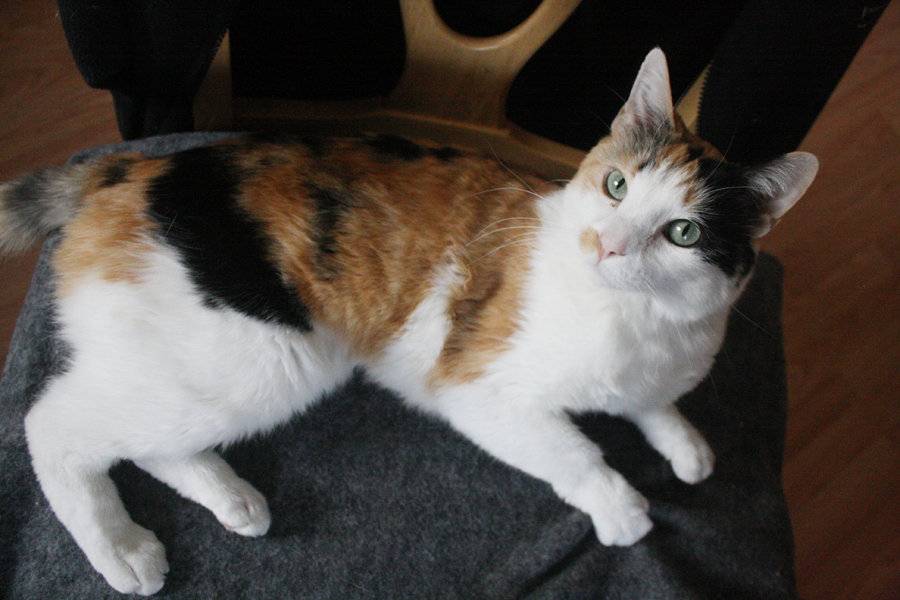

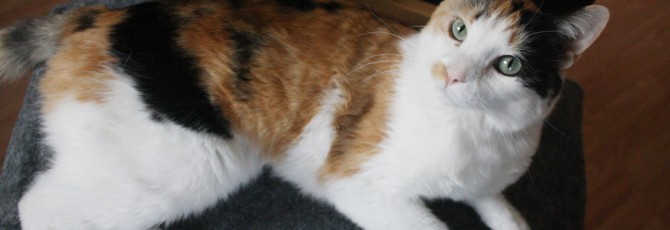


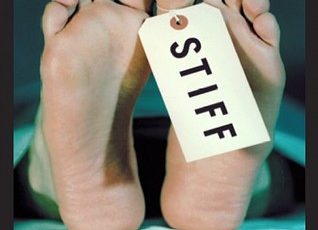
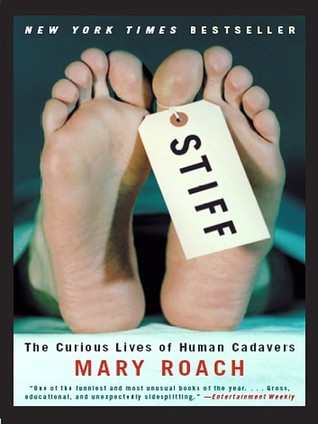 Once the first hole is poked in Roach’s credibility, I have no faith that her work is not riddled with holes.
Once the first hole is poked in Roach’s credibility, I have no faith that her work is not riddled with holes.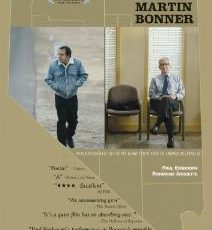

 Project Pope, while enjoyable, plods all the way to its final moments, which plods itself.
Project Pope, while enjoyable, plods all the way to its final moments, which plods itself.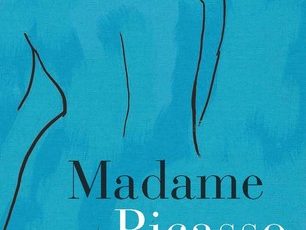
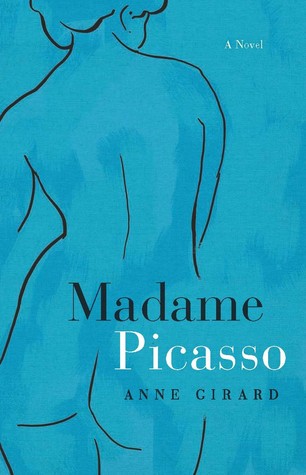 Madame Picasso is . . . Cute. It’s enjoyable. It is not deep. It does not leave a lasting impression.
Madame Picasso is . . . Cute. It’s enjoyable. It is not deep. It does not leave a lasting impression.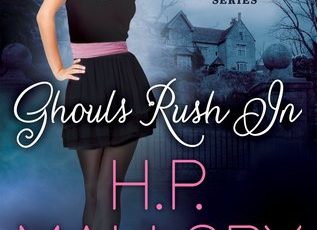
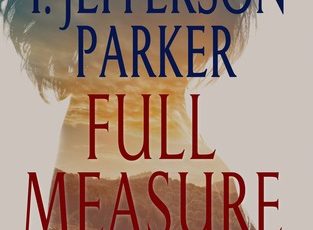
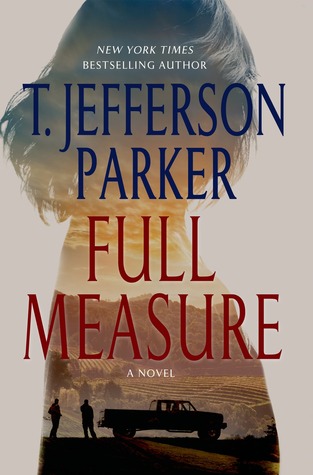 (I also find her living situation to be highly unrealistic, especially in California. Without familial connections or inheritance, reporters don’t own nice things and don’t live in nice houses by themselves, especially in California, of all places. Suspension of disbelief: entirely shattered. Just unrealistic.)
(I also find her living situation to be highly unrealistic, especially in California. Without familial connections or inheritance, reporters don’t own nice things and don’t live in nice houses by themselves, especially in California, of all places. Suspension of disbelief: entirely shattered. Just unrealistic.)